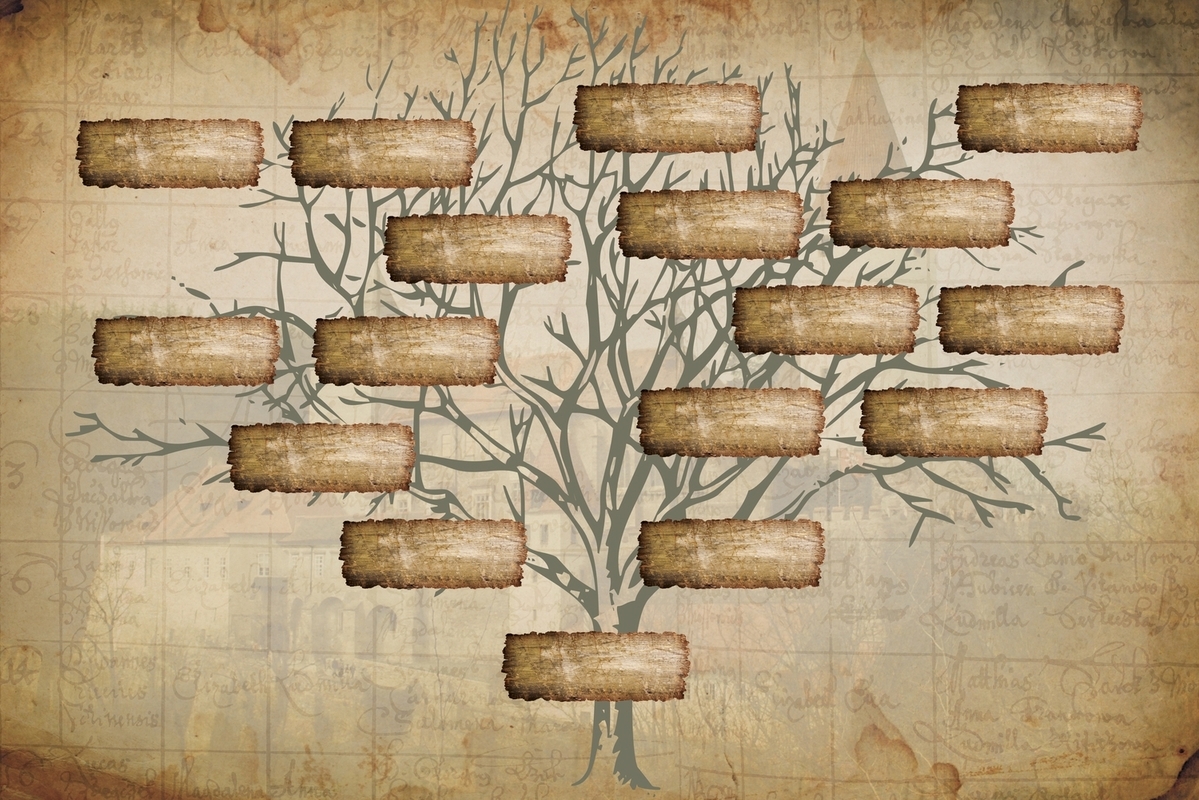Uncovering Your Roots: A Guide to Finding Your Family Tree
The quest to discover one’s ancestry has fascinated humanity for generations. Tracing your family tree is not just about listing names and dates but understanding the rich tapestry of your lineage, the stories, and the historical context that shaped your ancestors’ lives. This comprehensive guide aims to provide you with the necessary tools and resources to embark on this exciting journey of genealogical discovery.
Why Explore Your Family Tree?
Personal Identity and Connection
Understanding where you come from can provide a profound sense of identity and belonging. Knowing your ancestry links you to your heritage, enriching your personal history and helping you appreciate the diversity and complexity of your background.

Medical History
Tracing family medical conditions can offer insights into genetic predispositions, providing crucial information for healthcare planning.
Legacy and Preservation
Documenting your family’s story ensures that the legacy is preserved for future generations. It’s a valuable gift to provide your descendants with a sense of their heritage.
Getting Started
Gather Preliminary Information
Start with what you know. Write down names, dates, and places associated with your immediate family. Speak with relatives, gather old photographs, letters, and documents to compile a preliminary family tree.
Organize Your Findings
Use genealogical software or an online platform to organize your data. Popular options include:
-Ancestry.com: Offers extensive records, DNA testing services, and a vibrant community to connect with potential relatives.
-MyHeritage: Known for its user-friendly interface and robust database.
-FamilySearch: A free resource managed by The Church of Jesus Christ of Latter-day Saints, providing vast records and research assistance.
Delving Deeper: Records and Resources
Census Records
For many countries, census records are available and can provide valuable information such as names, ages, occupations, and residences. These records are usually available through national archives or genealogical websites.
Birth, Marriage, and Death Certificates
Vital records are essential for constructing a reliable family tree. These documents often contain crucial information such as parents’ names, places of birth, and causes of death.
Church Records
Baptismal, marriage, and burial records maintained by religious institutions are excellent resources, particularly for periods before civil record-keeping was standardized.
Immigration and Naturalization Records
If your ancestors emigrated, immigration and naturalization records can provide insights into their journey. These documents might reveal the country of origin, port of entry, and other personal details.
Military Records
Military service records can add another layer to your family history, providing details about your ancestors’ roles and experiences in various conflicts.
Newspapers and Obituaries
Historical newspapers often contain obituaries, marriage, and birth announcements, and stories that can add context and richness to your family history.
DNA Testing: What Can It Reveal?
DNA testing has revolutionized genealogical research, offering insights into your genetic heritage and connecting you with relatives across the globe. Companies like 23andMe and AncestryDNA provide comprehensive reports on your ethnic background and potential relatives based on shared genetic markers.
However, it’s important to consider the ethical implications and privacy concerns associated with DNA testing. Ensure that you understand the terms and conditions of the service you choose and what they do with your genetic information.
Keeping Accuracy: Verifying Information
Genealogical research requires meticulous attention to detail. Verify information from multiple sources to ensure accuracy. Consider the following tips:
-Cross-Referencing: Use multiple records to confirm critical details.
-Document Sources: Always note where you obtained information to maintain credibility and traceability.
-Critical Thinking: Be cautious of family lore that lacks concrete evidence. While oral histories can provide valuable leads, they should be verified through records.
Overcoming Challenges
Missing Records
Not all records have survived through the years. Utilize alternative sources such as land records, wills, and tax records to fill in gaps.
Language Barriers
Documents in foreign languages can pose challenges. Utilize translation services or consult with language experts to understand these records.
Common Names
Common surnames can complicate research. Pay attention to context, such as geographical location and associated individuals, to differentiate between people with the same name.
Privacy and Sensitivity
Be respectful of living relatives’ privacy and sensitive information. Obtain consent before publishing personal details.
Sharing and Preserving Your Family Tree
Creating a Genealogy Book
Compile your research into a book format to create a lasting record of your family history. Include narratives, photographs, and documents to bring your family tree to life.
Online Family Trees
Consider creating an online family tree that relatives can access and contribute to. It’s a collaborative way to continue family research and preserve history.
Family Reunions
Organize family reunions centered around sharing your genealogical findings. It’s a wonderful way to engage relatives in preserving and continuing the family story.
Tracing your family tree is a deeply rewarding endeavor that connects you to your roots and enriches your understanding of your personal history. With diligent research, meticulous documentation, and a passion for uncovering the past, you can piece together the intricate mosaic of your ancestry. Embrace the journey, and enjoy the discoveries along the way.

